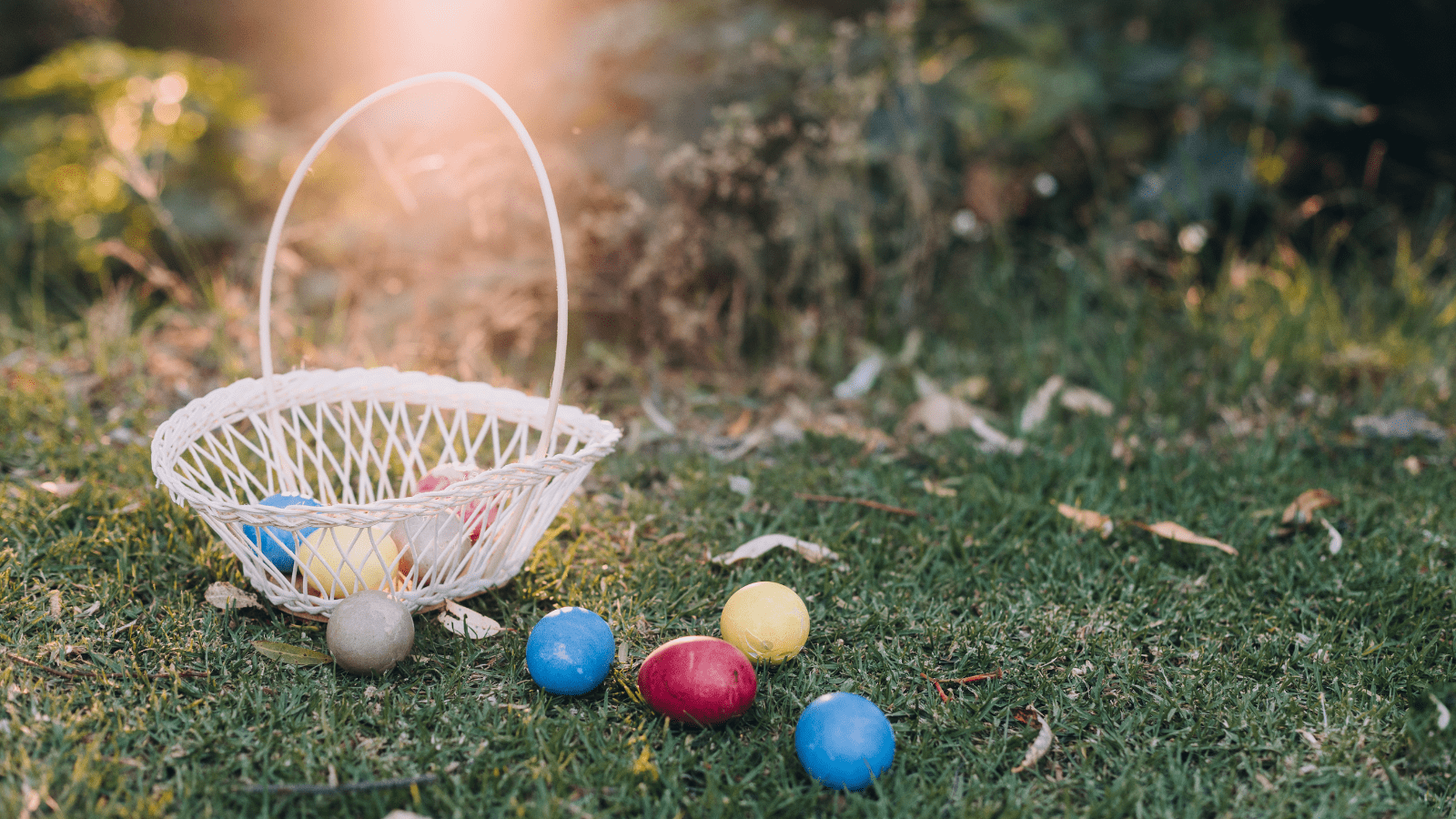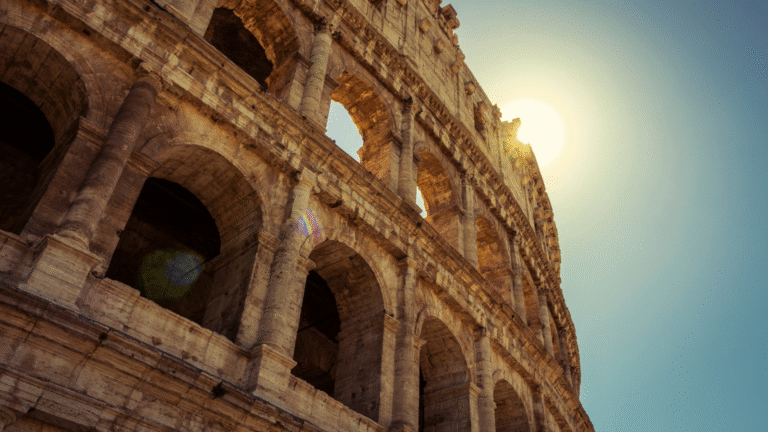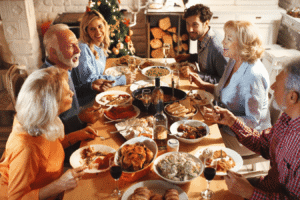Easter Traditions: Exploring Global Perspectives ✝️🌍🌸
- Date April 17, 2025

Easter is one of the most widely celebrated holidays around the world, marking the resurrection of Jesus Christ. While the religious significance of Easter remains consistent, the traditions and customs associated with the holiday vary greatly across cultures and countries. For international students, especially those from Spanish-speaking countries or those studying in the U.S., it’s an excellent opportunity to explore the diverse ways this holiday is celebrated.
In this blog, we’ll dive into some of the most interesting Easter traditions around the world and how they reflect the unique cultural practices, religious beliefs, and local histories. Whether you’re looking to learn more about Easter celebrations or seeking ideas on how to observe it while living abroad, this post will give you a comprehensive view of this joyful season.
🌷 1. Easter Traditions in the United States: Parades and Egg Hunts 🇺🇸
In the United States, Easter is widely celebrated with family gatherings, church services, and outdoor activities. One of the most iconic American Easter traditions is the Easter egg hunt, where children search for colorful eggs filled with candies or small prizes. Many parks and homes across the country host these festive hunts, making it a fun and engaging activity for children of all ages.
Another major event in the U.S. is the White House Easter Egg Roll, which has been a tradition since 1878. It takes place on the White House lawn, where children race wooden eggs across the grass using spoons. It’s a lighthearted and family-friendly way to celebrate the holiday.
Additionally, many cities across the country hold Easter parades, such as the New York City Easter Parade on Fifth Avenue. The parade is famous for its elaborate hats and fashionable outfits. People gather in their Sunday best, showcasing creativity and personal style. The parades are a fun blend of religious observance and secular celebration.
For more on Easter traditions in the U.S., you can read about the White House Egg Roll at History Channel.
🌸 2. Easter in Spain: Semana Santa and Processions 🇪🇸
Easter is one of the most important religious celebrations in Spain, and it is marked by a period of intense devotion and reflection. Spain’s Semana Santa (Holy Week) is celebrated in cities and towns across the country, with processions, religious rituals, and street celebrations that draw thousands of visitors and pilgrims each year.
In southern Spain, especially in Seville, Granada, and Malaga, elaborate processions take place, where people dressed in traditional robes and hoods carry religious statues and icons of Christ and the Virgin Mary. These processions can last several hours and often take place late into the night. The atmosphere is somber, but also deeply spiritual, as communities come together to reflect on the passion of Christ.
Another fascinating part of Easter in Spain is the custom of eating “torrijas” – a Spanish version of French toast soaked in milk, egg, and cinnamon, typically served during Holy Week. For more about Spain’s Semana Santa, check out Spanish Holy Week Traditions.
🌸 3. Easter in Italy: The Feast and the Colosseum 🇮🇹
In Italy, Easter is celebrated with great enthusiasm, particularly with large family meals, processions, and special church services. One of the most iconic events of Easter in Rome is the Papal Mass held at St. Peter’s Basilica in Vatican City, attended by thousands of people from all over the world. On Easter Sunday, Pope Francis delivers a blessing from the balcony, marking one of the most important moments of the Catholic liturgical year.
In Italy, food plays a central role in Easter celebrations. Traditional Easter meals often feature dishes like lamb, Easter bread, and torte pasqualine (Easter pies). In some regions, such as in Naples, families also prepare special Easter cakes or “pastiera napoletana”, a ricotta and wheat pie that is said to symbolize the renewal of life.
Another unique tradition in Italy is the Scoppio del Carro (Explosion of the Cart) in Florence. It’s a centuries-old ritual where a cart filled with fireworks is ignited in front of the Duomo, ensuring a good harvest and prosperity for the year ahead. For more on Easter in Italy, visit Italy Magazine’s Easter Traditions.

🌻 4. Easter in the United Kingdom: Hot Cross Buns and Egg Rolling 🇬🇧
In the United Kingdom, Easter is a time for both religious observance and secular fun. Traditionally, the holiday begins with church services on Good Friday and Easter Sunday, where families come together to commemorate the resurrection of Christ. Hot cross buns, sweet spiced buns with a cross on top, are often eaten during Easter in the UK, symbolizing the crucifixion of Jesus. These are traditionally served on Good Friday.
Another popular Easter activity in the UK is egg rolling. Families gather in parks or backyards to roll hard-boiled eggs down a hill, and the egg that travels the furthest without breaking is the winner. This fun tradition is believed to symbolize the rolling of the stone from Jesus’ tomb.
In some parts of the UK, there are also Easter egg hunts and chocolate egg exchanges, which have become increasingly popular in recent years. For more about Easter traditions in the UK, check out BBC Good Food’s Easter Recipes.
🌍 5. Easter in Australia: The Easter Bilby 🇦🇺
In Australia, Easter traditions blend European customs with local touches. One of the most notable differences is the Easter Bilby, a native marsupial that has become a symbol of Easter in Australia. Traditionally, Easter is associated with the Easter Bunny, but due to the environmental concerns over rabbits being invasive species in Australia, the Easter Bilby is used as a more eco-friendly alternative in celebrations, especially in chocolates and toys.
Like in other countries, Australians also enjoy Easter egg hunts, church services, and large family meals. Hot cross buns are popular in Australia, and the holiday often coincides with the Australian football season, leading to special Easter weekend games.
For more about Easter in Australia and the Easter Bilby, check out Australian Easter Traditions.
🌍 6. Easter in Greece: Lamb and Holy Fire 🇬🇷
In Greece, Easter is perhaps the most important holiday of the year, and the celebrations last for an entire week, known as “Holy Week.” Easter traditions in Greece are filled with religious rituals, rich food, and vibrant customs. On Holy Saturday, people attend a midnight church service to celebrate the resurrection of Christ. Afterward, they gather with family and friends for a festive meal that includes roast lamb, Easter bread, and red-dyed eggs, which symbolize the blood of Christ.
In Greece, another fascinating custom is the Holy Fire, where the Patriarch of Jerusalem lights a candle, and the flame is passed to churches across Greece. The lighting of the Holy Fire is an important moment that marks the resurrection of Christ.
Learn more about Easter in Greece at Greek Easter Traditions.
🌸 Conclusion: Easter Around the World – A Time for Reflection and Joy ✝️🌍
Easter is a time for people to come together, celebrate life, and reflect on their faith. Whether you’re participating in a procession in Spain, enjoying a parade in the U.S., or savoring Easter foods in Italy, the global traditions surrounding Easter remind us of the importance of community, family, and new beginnings.
As an international student or someone experiencing a different culture, Easter can be an opportunity to learn about new traditions, try new foods, and even share your own heritage with others. No matter where you are in the world, Easter is a time to celebrate renewal, hope, and the joy of life.
How do you celebrate Easter? Share your traditions with us in the comments below!
#EasterTraditions #GlobalEaster #CulturalCelebrations #EasterAcrossTheWorld #InternationalStudents #Amlotus
You may also like

✨ How to Reflect on a Year of Academic Achievements

✈️ Holiday Celebrations Around the World: A Cultural Exchange 🌎


2 Comments
Do you mind if I quote a couple of your posts as long as I provide credit and sources back to your website? My website is in the very same niche as yours and my visitors would really benefit from a lot of the information you provide here. Please let me know if this ok with you. Thanks!
Aww thank you, yes sure! Go ahead !